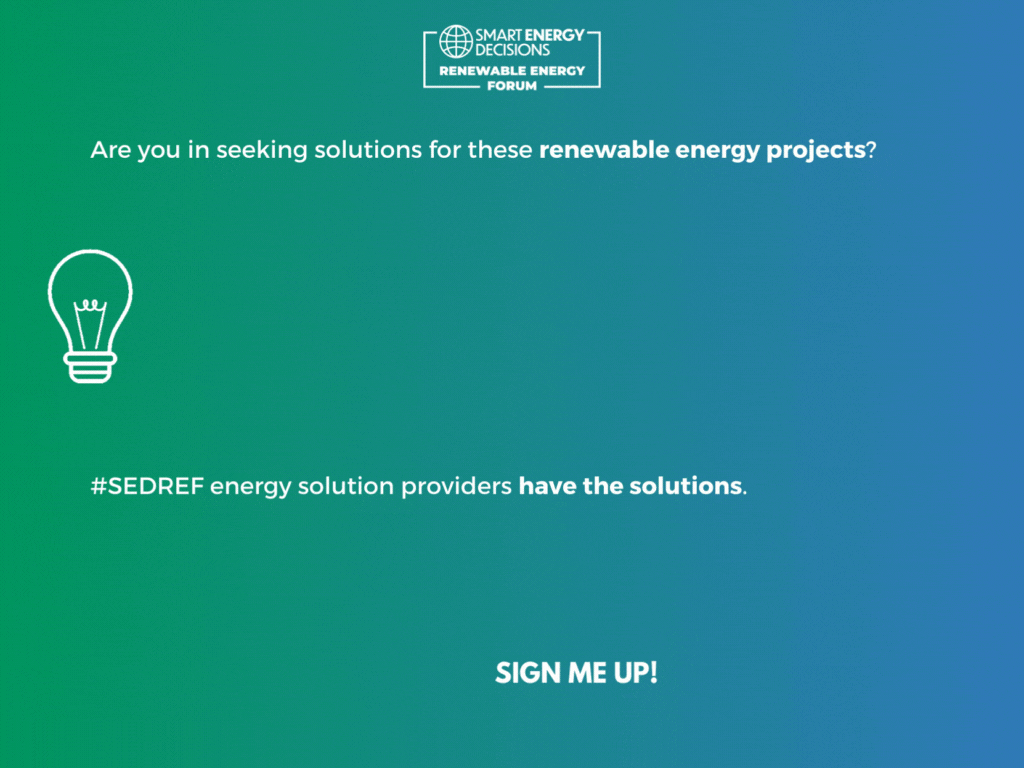Demand Management, Energy Efficiency, Utilities - February 14, 2017
ACEEE: Utility demand response programs, paired with energy efficiency, show huge savings potential
A recent analysis of energy savings from utility-sector energy efficiency programs found that in 2015, they saved about 200 billion kWh, or more than 5% of U.S. retail electric sales that year.
The study, conducted by the American Council for an Energy Efficiency Economy, also found that in some states, the savings from these programs were higher, already exceeding 10% of retail electric sales, and could reach more than 20% by 2020. Those savings, coupled with effective demand response programs, can have an even larger impact, the ACEEE argued in a Feb. 9 blog post.
Despite the findings, ACEEE Executive Director Steven Nadel pointed out that many utilities are not utilizing their demand response programs to the fullest extents. For example, in an analysis of all utilities that reported potential demand response savings of 200 MW or more in 2015, which totaled 28, ACEEE found only four utilities that reported actual demand response savings of more than 10% of their peak demand, and only two that reported actual reductions equal to 100% of their potential demand reductions. Eight of the utilities either reported zero actual savings or did not provide actual savings data, and of the 25 utilities providing actual savings data, 10 used at least half of their available potential reductions.
The 28 utilities represent 64% of the potential demand response savings reported to U.S. EIA, and 58% of the actual reductions reported to EIA, according to the ACEEE.
Nadel also explained in detail how demand response, when used effectively, has the potential to complement already in place energy efficiency programs to further reduce costs:
These ---the time of the day and year when the demand for electricity is highest. For example, we recently reviewed data reported to the US Energy Information Administration (EIA) on energy and peak demand savings for 25 program administrators (those reporting the highest total energy savings in 2015 and that together account for more than half of incremental energy savings in 2015). We found that for each 1% reduction in electric sales for a utility, on a median basis, peak demand reductions from efficiency programs are 0.66% of peak demand for that utility. If these trends hold for additional utilities and future years, it would mean that for a utility that reduces retail sales by 15%, the peak demand savings will be around 10%. These energy savings and peak demand reductions from energy efficiency programs help reduce system costs and avoid outages. Still, many regions face challenges meeting peak demand. This is where demand response comes in.
Read These Related Articles:
- Senate passes broad energy reform legislation that includes efficiency provisions
- US ranks 8th for energy efficiency efforts among world's top energy consuming countries
- ACEEE unveils state rankings for energy efficiency
- ACEEE: Boston ranked top city for energy efficiency
- ACEEE ranks best, worst utilities for energy efficiency
Stay Up-To-Date












